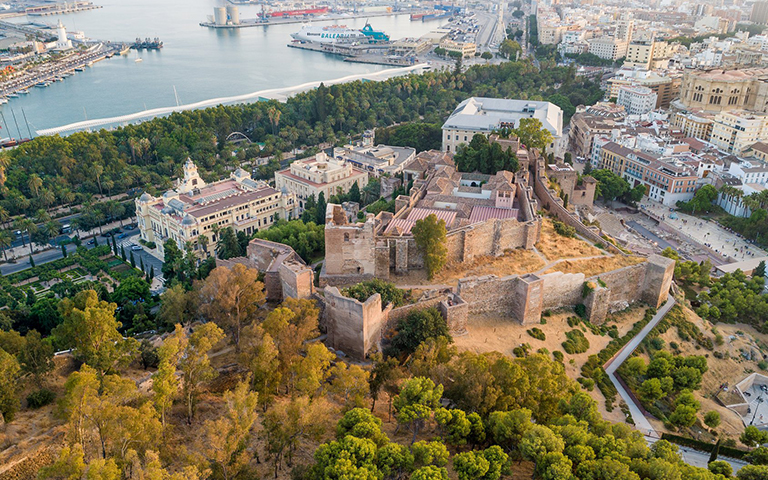Tower of Maderos

Pedro Gurriarán Daza, Salvador García Villalobos
The Tower of Maderos has an undoubted heritage and historical importance, and has required continuous attention and reforms to fulfill its defensive function in an area as committed to the defense of Tarifa as its eastern front.
When conducting an exhaustive pathological study of this construction, we must start from the different causes that have led to the appearance of injuries and problems in them. We must begin by pointing out that, despite the profound degree of deterioration that the walls presented, it was not an imminent threat of ruin. Deeply affected by its abandonment and progressive deterioration due to the action of natural weathering agents and, above all, to the action of the abundant parasitic vegetation that takes root at different points on the walls. The state of the tower demanded a swift and forceful action that avoided further damage through consolidation, tackling the detected injuries, and preventing the development of new ones.
The technical actions to be carried out are described as follows:
• The first planned works consisted of the classification and technical analysis of the remains existing at the start of the proceedings.

• The technical work of intervention contemplated the elimination of the parasitic vegetation that took root in the construction and its immediate environment, along with the fungi and lichens that grew on the walls.
• The specific sanitation of the factories was proposed, eliminating those superficial substrates and bond mortars that appeared very disturbed. On the other hand, the pieces of masonry that had problems with the rest of the factories were eliminated, in addition to the broken or deeply altered elements. They were reused and returned to the structures after the sanitation work.
• The preserved factories were retouched with a mortar with chromatic and resistant characteristics similar to the existing one.
• The original lime linings on the masonry were preserved as well as the sgraffito that could be recognized on them.


